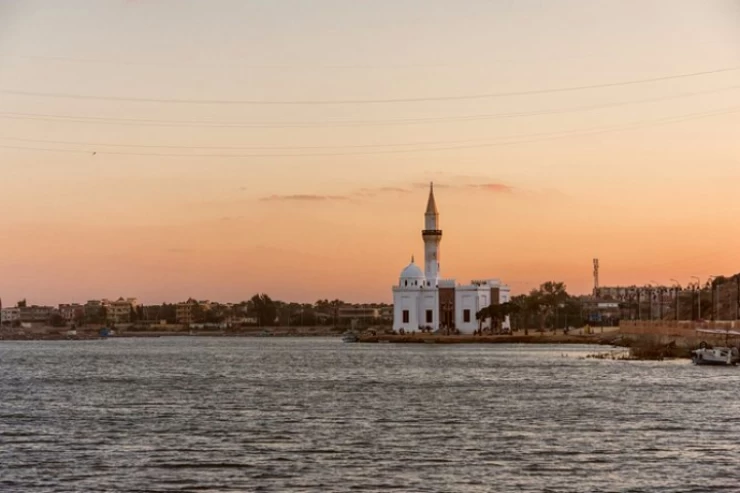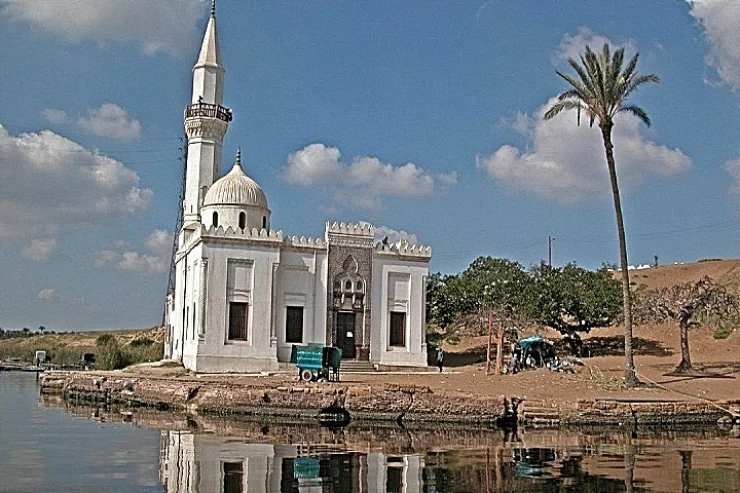
The Rosetta Stone: Key to Ancient Egypt
The Rosetta Stone: Key to Ancient Egypt
The work of the French in Egypt Central, one of which included the French manager’s discovery of the Rosetta Stone, remains unparalleled. The Rosetta Stone was discovered on July 19, 1799 AD, and credited to Pierre-Francois Bouchard, the officer of France situated in Egypt. Along with demotic text, it features ancient Greek.
The history of the Rosetta Stone and how it has come about takes its origin from the year 1798 when Bonaparte made a French expedition. The campaign moved on through Rashid city where the Pierre-François Bouchard research precision of the basalt stone was done in 1799 AD.
One such item that came into the limelight after the war is the Rosetta Stone which became a hot topic of different publications to the campaign soldiers is a Historical Center piece. The stone is named after the city of Rosetta which stood at a delta of the Nile where the stone was found owing to the circumstances of where the stone was discovered.
The Stone of Rashid is a granodiorite stone monument with a decree issued in Memphis, Egypt, in 196 BC on behalf of King Ptolemy V. The decree appears in three different texts: the lower part is Ancient Greek, the middle part is Demotic text, and the upper text is Egyptian hieroglyphics. Since the decree essentially presents the same text in each text "with some minor differences between them," it is considered the key to our current understanding of Egyptian hieroglyphics.
For a long time, humanity has been obfuscated by the stone until one day, in the year of 1822 a French scientist by the name of Jean-François Champollion, an administrator in the department of Egyptian antiquities in the Louvre Museum, proclaimed, that he had conquered the writing that had stooped many people, for he had made a discovery of occurrences in the writing around certain characters embedded in such writing known as hieroglyphics and these are named cartouches and bear the names of different kings and queens and was fortunate to come across these names in a Greek language with the name Ptolemy and Cleopatra and carried the power to unlock the past deciphering the hieroglyphics.
Then again, the items inscribed on the stone can be referred to as a thank you and appreciation paid off by a group of priests from a city of Manaf to King Ptolemy V for the reason that he lifted a fee for the temples. This was recorded in 196BC.
The hieroglyphic language was used because the priests at the time still used it, and the common people used the Demotic language, to ensure that both the king and the general public could understand the stone, it was inscribed in all three languages.


















